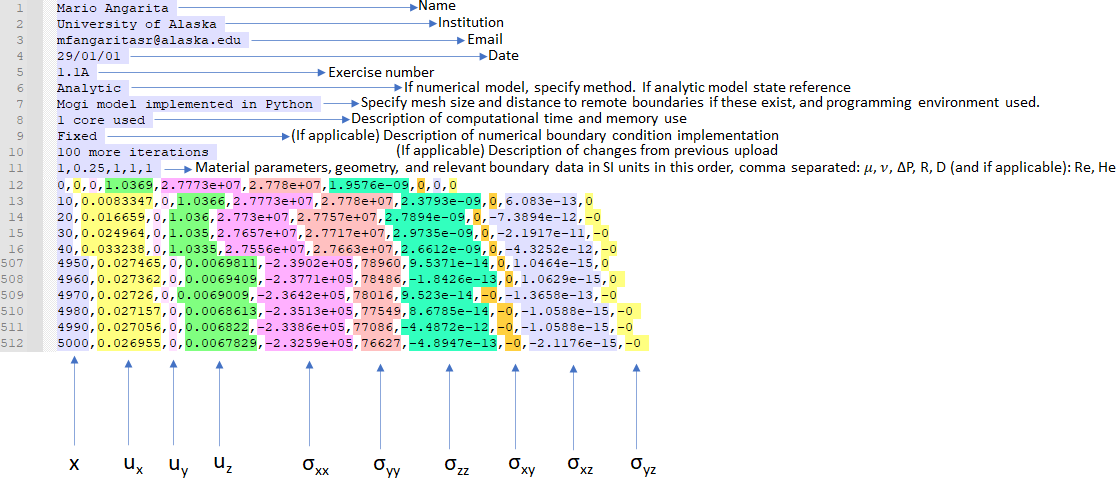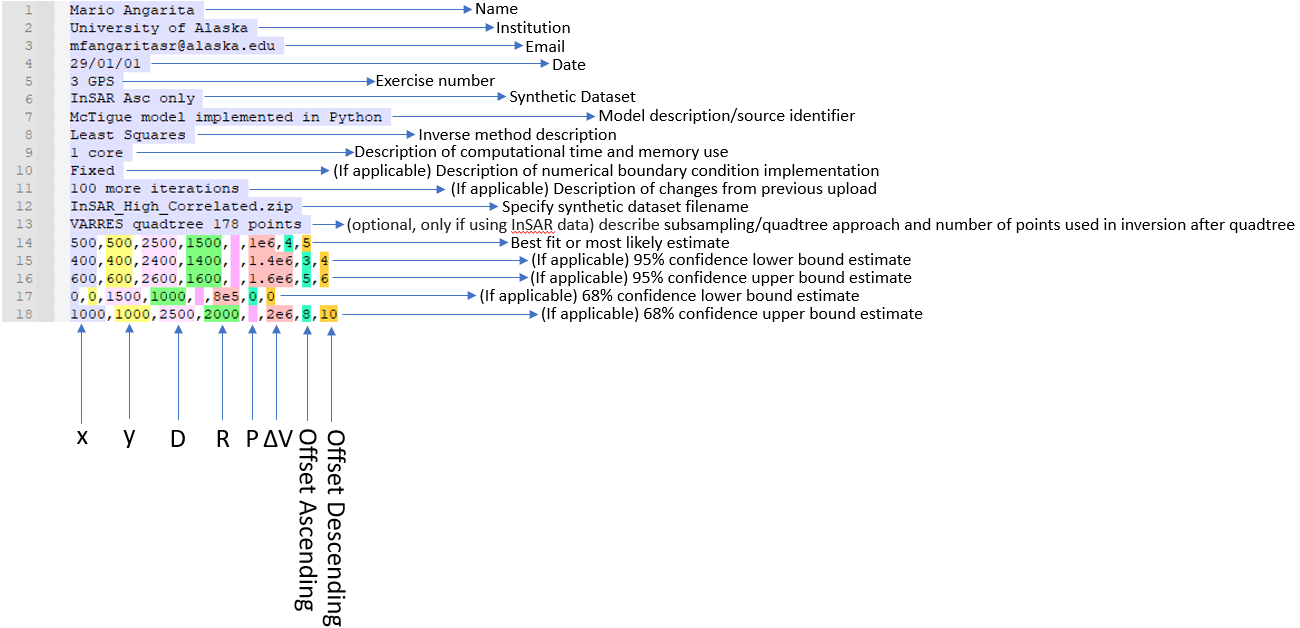Drivers of Volcano Deformation
Background and Motivation for Phase 1
Interpreting ground deformation at volcanoes requires numerical modeling. As forward and inverse models of volcano deformation increase in complexity, it is important to establish community standards for reproducibility. An organizing committee representing research coordination networks CONVERSE/MCS and the IAVCEI geodesy commission have designed a set of community deformation model validation and verification exercises to provide a first step towards such standards.
By verification we mean the comparison of numerical model output. In some cases, where there is a known exact analytic solution, verification is the same as benchmarking. For more complex problems, verification is the framework by which we decide whether we are converging on the right solution even though we don’t know exactly what it is.
By validation we mean the quantitative comparison of inverse models, the degree to which data can be predicted by numerical models. In these exercises the data will be synthetic and the correct answer is known. Validation measures the accuracy of and inter-model variability in inferring physical parameters of interest to volcano geodesy.
Phase 1 will focus on relatively simple validation and verification exercises to build community support and involvement, to work out the logistics of model comparison. The organizers will hold regular (remote) events to troubleshoot and compare preliminary results during the exercise, with a follow-up meeting in June or July 2022 and subsequent publication in which everyone who participates significantly gets to be an author. By signing up as a user, you will join a mailing list that will organize these meetings.
What does it mean to participate?
You can participate through this website, which is intended to be the primary portal for uploading/downloading and comparing data. There are two ways to interact with the website:
1. Test mode: plot models that have been uploaded graphically, and upload your own model results to compare. Downloading models and saving your own uploads are disabled.
2. User mode: register by filling out the form and you will get an account on the website (only one account per group/participant, please!). Once you have registered you can download model grids and residuals, and save your own model output so that others can plot/download it.
We expect that users who participate significantly in the exercises will be included as an author on a publication written following the wrap-up meeting for Phase 1. What “significant participation” means is not rigid, but likely involves completion of all or the majority of exercises.
In here we have some examples for source codes if you like to check them before you participate in the exercises.
Hi DVD exercise participants,
Following our first office hours (May 5), we have started a slack channel for questions and discussion related to the exercises. Please email any of the organizers for the invite link. We will hold another office hours in 3-4 weeks.
Please make sure to interact with the website using the Test mode before you sign up!!
File descriptions
All the exercises require .csv files following the next guidelines for each exercise.
Exercises 1 and 2:
For exercises 1 and 2 you will need to upload a csv file with a header between 9 and 11 lines. The next lines will contain the data for the surface displacements: radial and vertical components evaluated at the surface (or at depth = 0.5*(D-R)) from r = 0 to 5*R in increments of 0.01*R. For exercise 1 you can compare your results against the implementations from Battaglia et. al. (2013) and Zhong et. al. (2019)
The solutions at surface and at depth = 0.5*(D-R) are treated as separated exercises, this means you need different files for each exercise.

Exercise 3:
For exercise 3 you will need to upload a csv file with a header between 9 and 11 lines. The next lines will contain the solution for the inversion.
Please keep the commas, even when your inversion does not consider that parameter. For instance if you solve for change of volume please keep the commas and the space for pressure as it shown in the example

You can find more details when you login or interact with the guest version.
Organizing committee:
Leif Karlstrom (University of Oregon)
Emily Montgomery-Brown (USGS CVO)
Josh Crozier (USGS CalVO)
Valérie Cayol (Laboratoire Magmas et Volcans)
Mary Grace Bato (NASA JPL)
Mario Angarita (University of Alaska Fairbanks) - Web designer